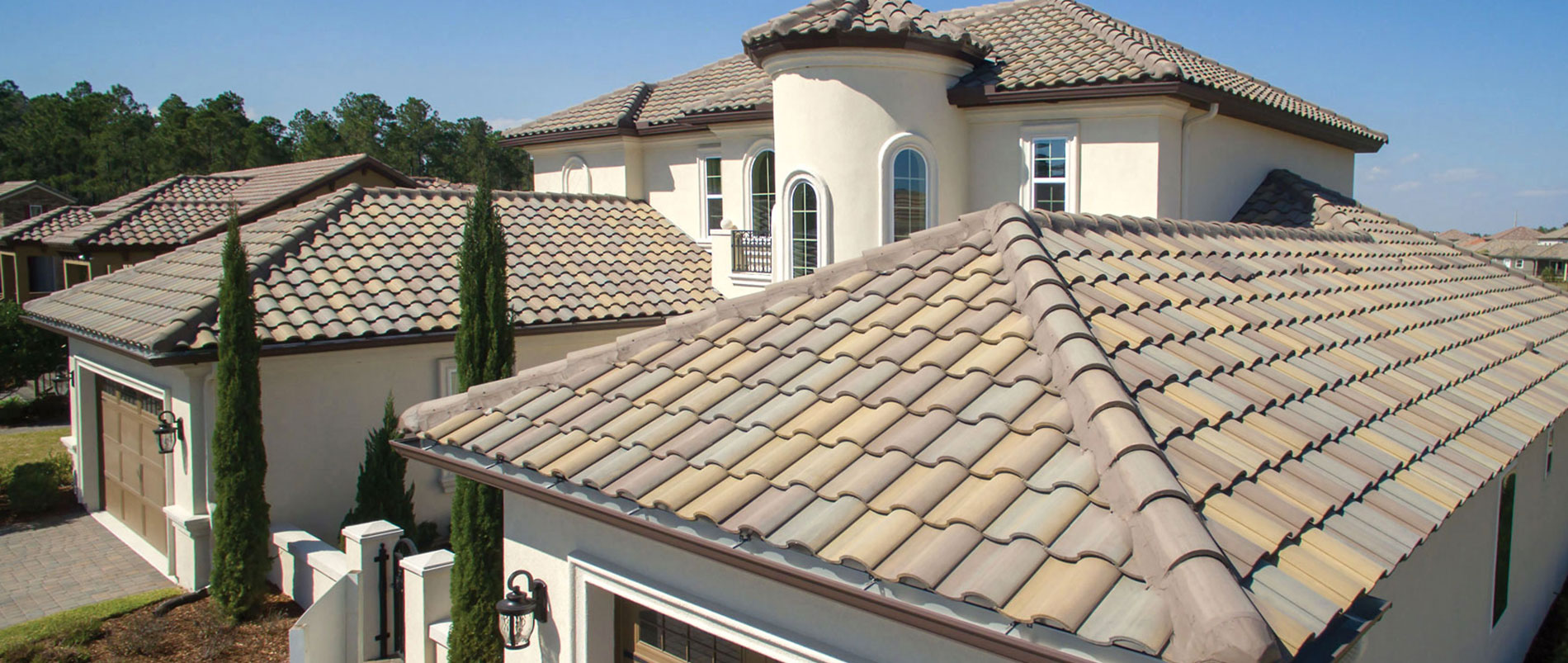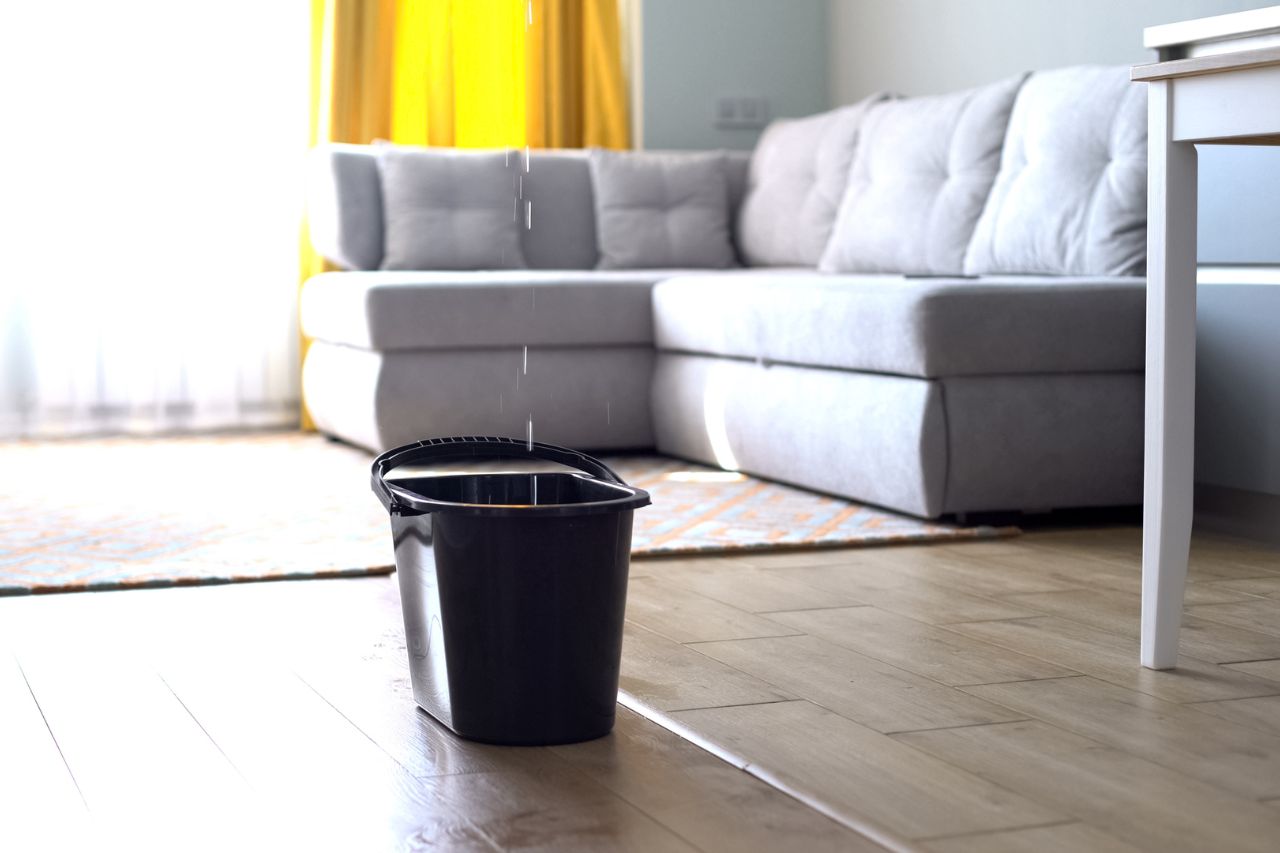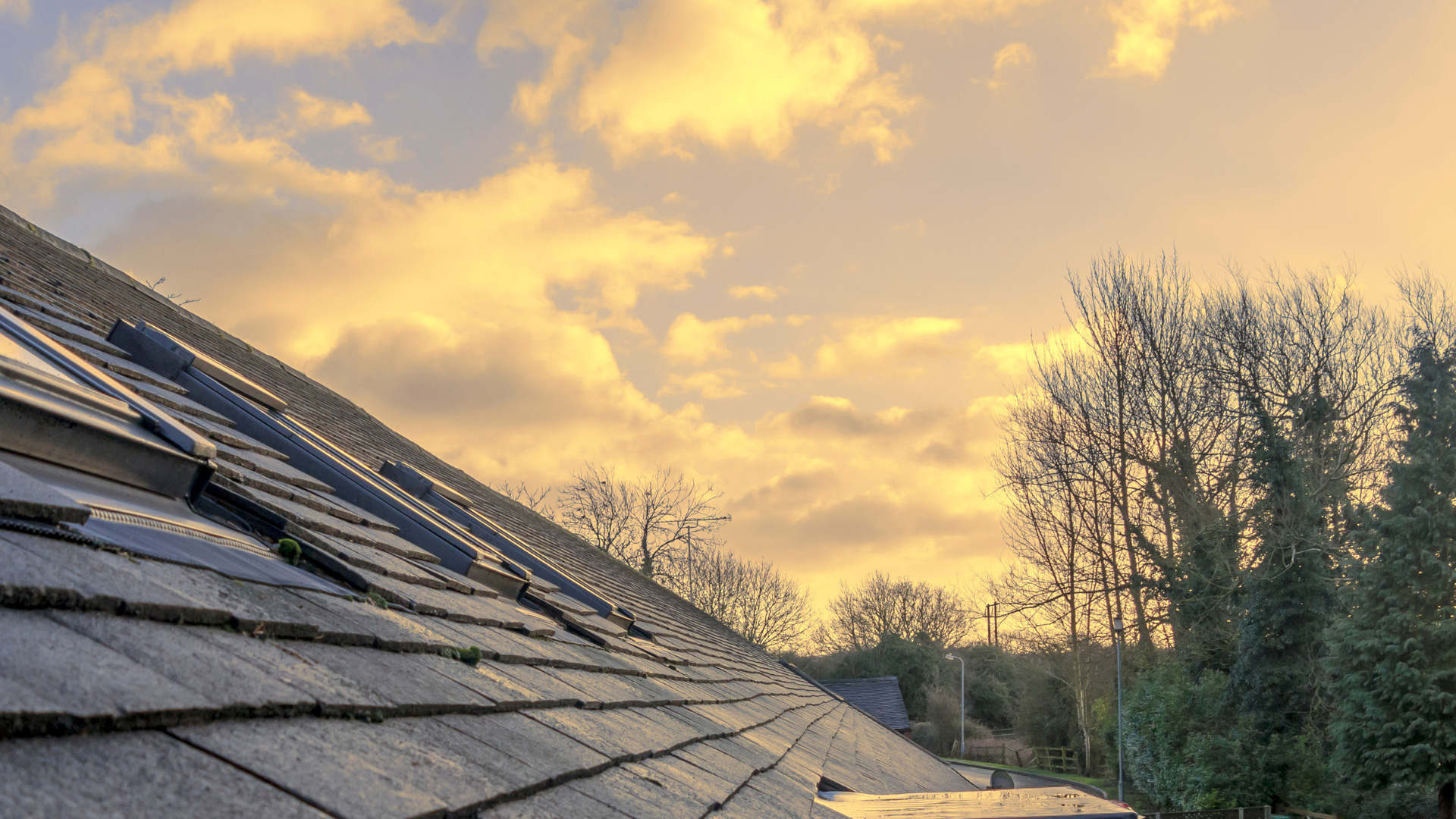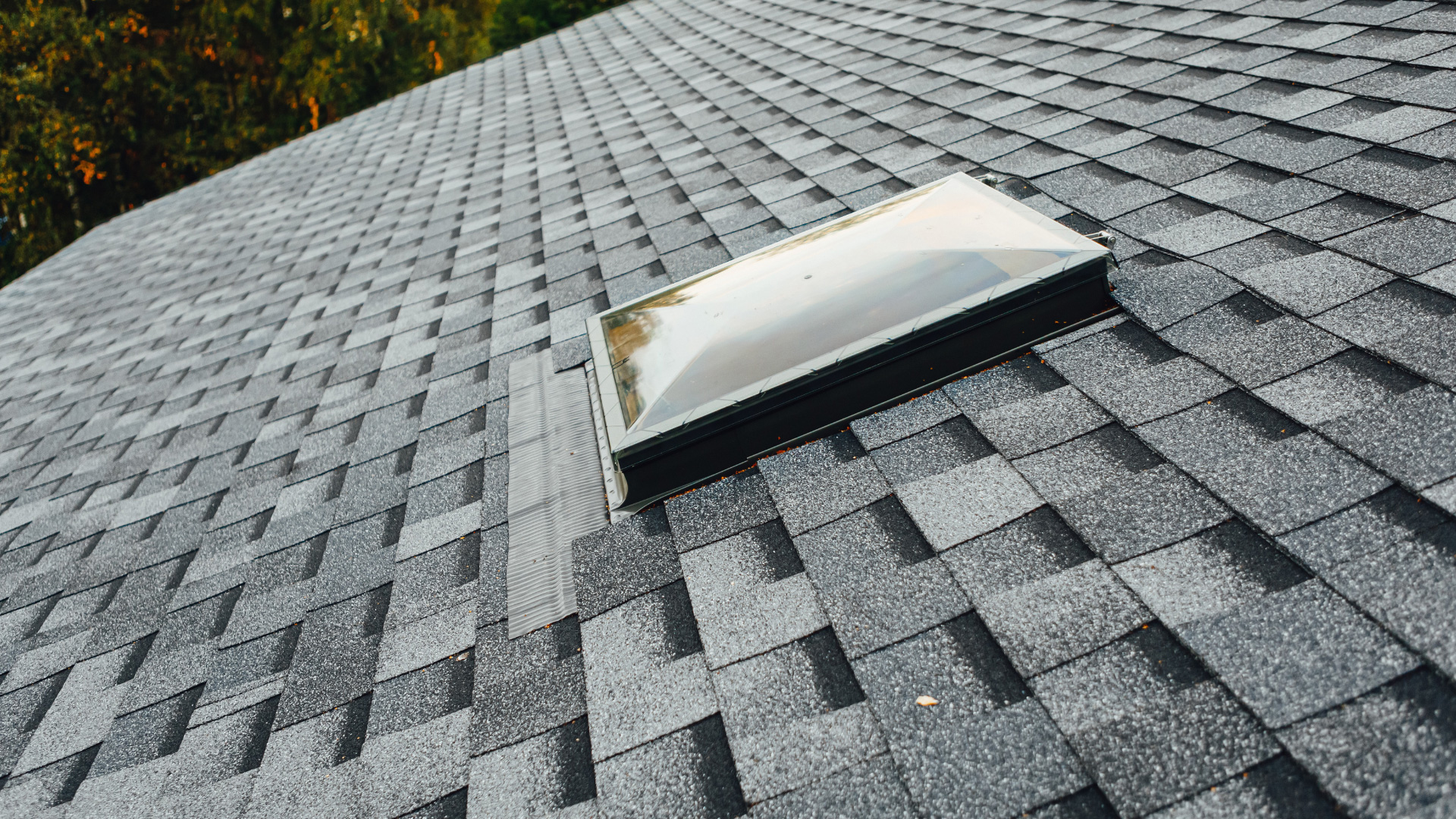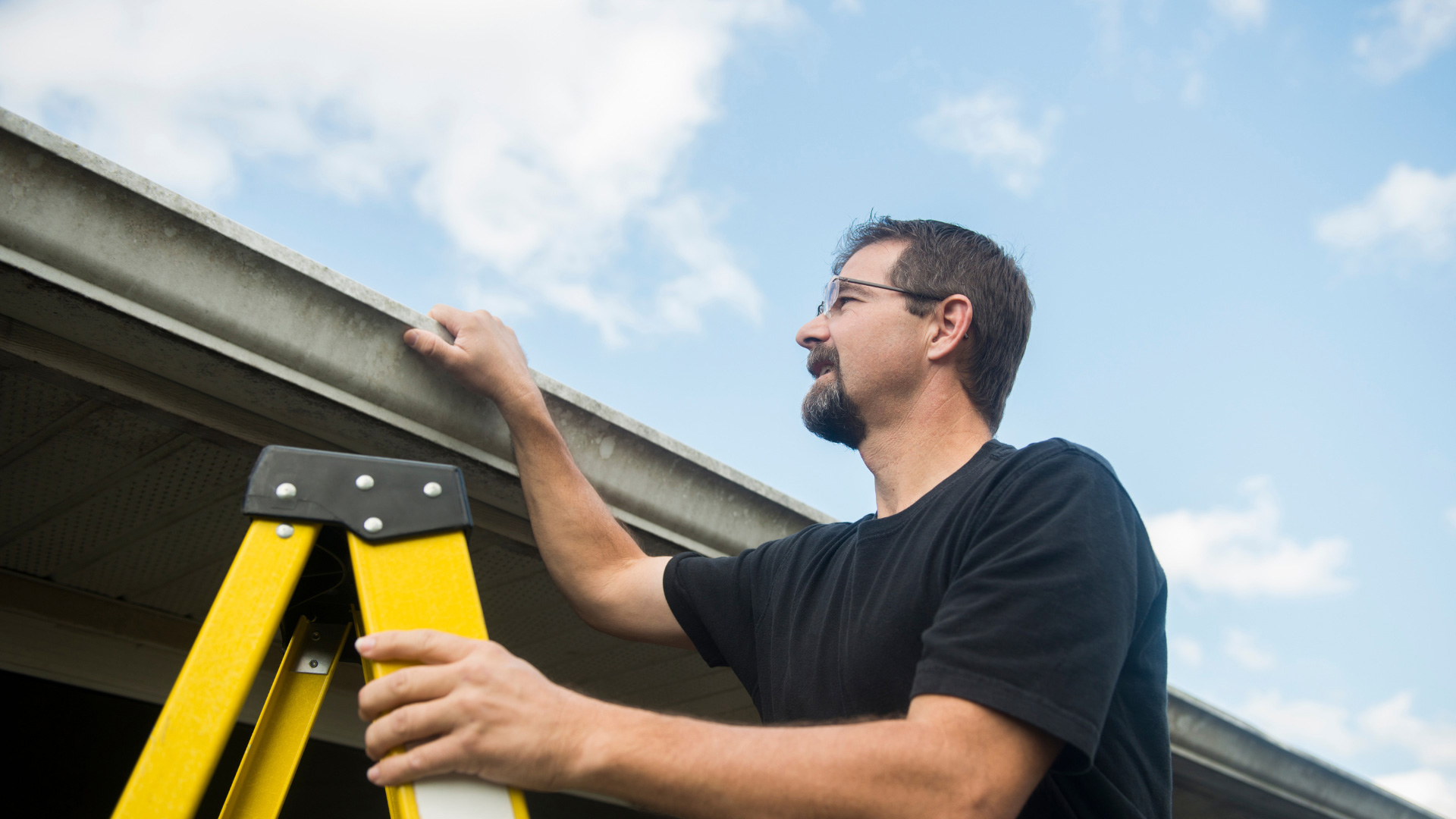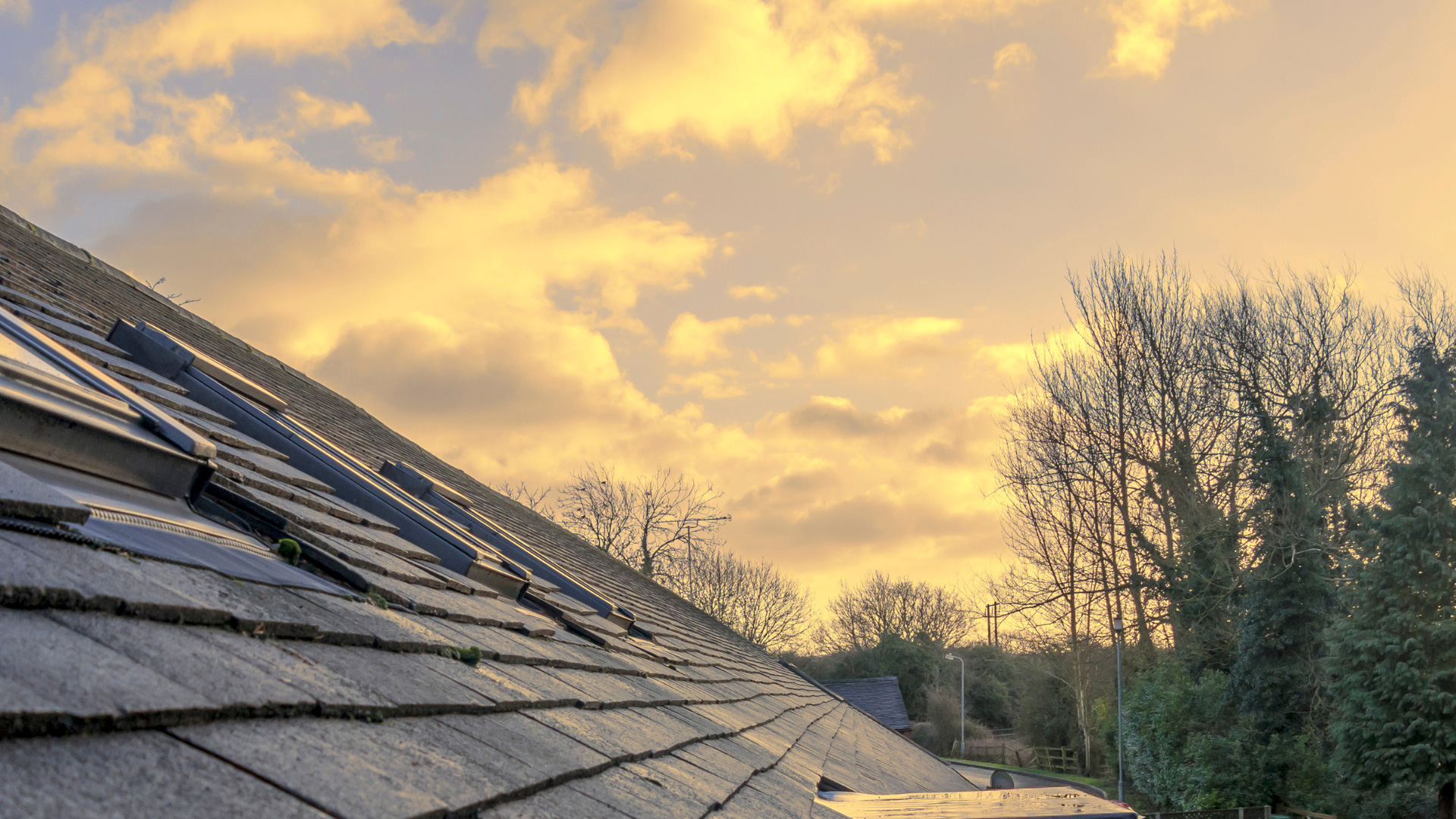Roof leaks are one of the biggest nuisances of being a homeowner. If you don’t fix them quickly, they can cause severe physical and monetary damage and disrupt your life and home. They may even cause health issues due to mildew, mold, and potential pet infestations.
All homeowners should have a plan for how to find a roof leak and take corrective action. Learn what signs to look for and when it’s time for a partial or complete roof replacement.
How to Find a Roof Leak In The First Place
The first step to finding and fixing roof leaks is to look at the ceiling. Are there water stains across your top or running down walls? That usually means a roof leak. Please don’t ignore it; fix it immediately. Even small leaks can lead to mold and rot, destroyed insulation, and damaged ceilings.
Check if there are penetrations from the ceilings and in roof vents, chimneys, dormers, or other protrusions. Also, look for debris in the rooftop, drains, gutters, and downspouts. Assess whether there are cracks and breaks around chimneys, vents, and skylights. When visiting the attic, look for water stains, black marks, or mold. If you can’t access it from the inside, you’ll have to go up on the roof to detect the leak.
What to Do When You Find a Roof Leak
Here are some signs you need a roof replacement:
- Your roof is 20 years or older. Even if it looks fine from the outside, you should replace it as it may have internal wear, damage, or decay. Many insurance carriers won’t protect a roof older than 20 years.
- Damaged shingles. Look for some shingles missing or if they’re curled, cracked, or peeling upward. Damaged or curling shingles expose your roof to wind and weather impairment.
- Bald spots. Check outside or the gutter downspouts for shingle granules that fell off. Missing granules mean the roof has less protection and greater room for deterioration.
- Mold and plant life. Moisture and shade cause moss, algae, and lichen to grow and eat away at your roof.
- A sagging or drooping roof. Sagging can mean trapped moisture and rotting boards. Delays can cause it to damage the inside of your house or harm people inside or outside of the house.
Replacing a roof should not be a DIY job—you need a professional. Your roofing contractor can examine the entirety of the roof and look for damage on the underlying layer or decking. Then they’ll determine a partial or full replacement.
A roof replacement will obviously cost more and take longer than a repair. However, in the end, it can save you money, stave off future damages, and comprehensively address roofing problems.
Stop Leaks for Good with Roofing Optimum
If you have questions about how to find a roof leak and what to do for replacements, connect with us. We at Roofing Optimum have over 15 years of experience as a leading supplier of solar energy systems, backup battery storage, and roofing solutions for homeowners and businesses. Contact us and we’ll happily explain our efficient roofing upgrade and replacement processes.

